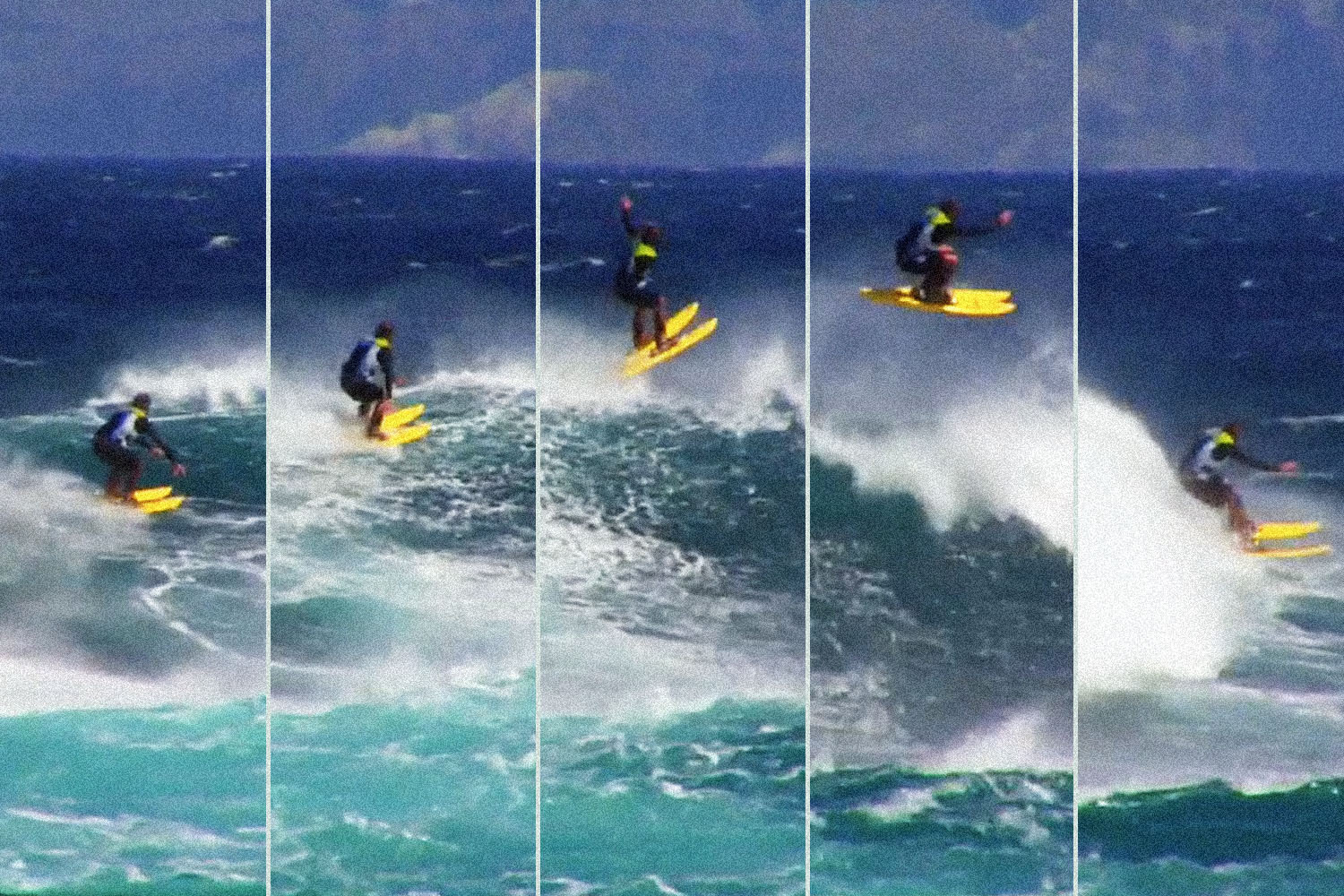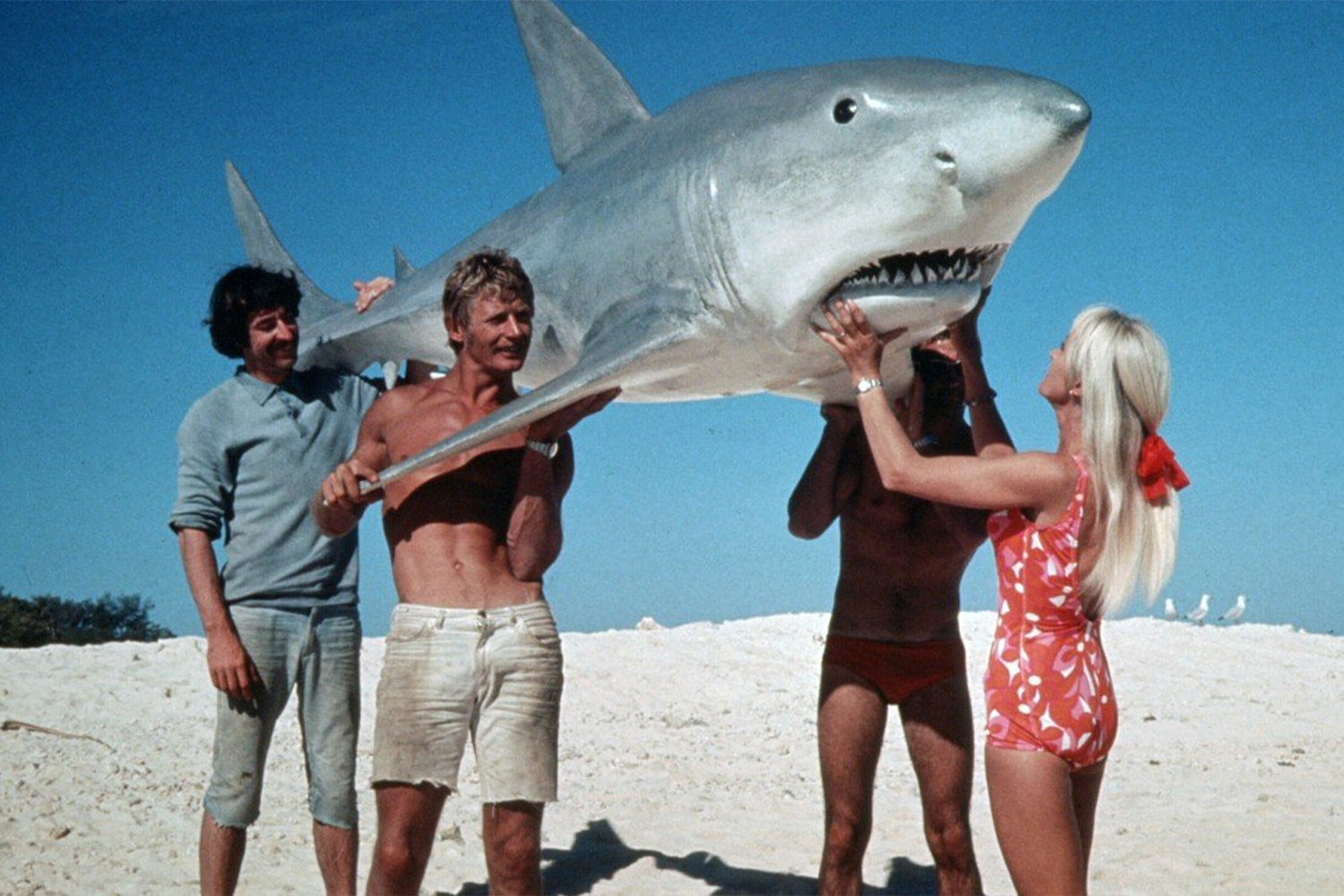British soldier Andy McNab became the youngest corporal in the army at the age of 19. Following eight years in the infantry, he joined the Special Air Service, or SAS, where he served for 10 years, eventually achieving the rank of sergeant.
He retired from the British Army as their most decorated serving soldier, and has since become a best-selling author of both fiction and non-fiction, writing thrillers based on his military experience. (The movie SAS: Red Notice starring Sam Heughan recently released on Redbox and is based on his book Red Notice.)
Below, McNab describes his experience going through the selection process for the SAS. His story appears as told to Charles Thorp, and has been edited and condensed for clarity.

I originally joined the military service to get out of juvenile detention. I was getting in trouble in my youth, and I was put in this special program for rebellious kids. They showed us this recruitment video and I remember being in awe at the scene where helicopters were flying around the beaches with their doors open waving at the girls. I guess they were in Cyprus, but we had no idea where that was, not that it mattered. The sun was out and it looked great.
I first was placed in the infantry, just after my 17th birthday. I thought I had only signed up for three years. But it turned out because I went through an infantry junior leaders program, I was in for six years at least. I quite liked it after awhile, and ended up serving eight years in an infantry battalion. During that time I was being deployed to Northern Ireland to deal with that unrest, and I worked my way up to platoon sergeant.
That was when I decided to try for selection into the SAS. There are these urban myths that you are specially selected, but that is not the case. This is something that you put in for, and the process is seven months long. They mail you a date when you can come around for one of their selections. They do two of them a year, one in the summer and one in the winter.
During my selection, they started with 220 people at the beginning of the process. The first month is purely testing your physical and mental stamina. They don’t want to know your name. You are given a color and a number. Every day for a month they drove us out to a spot in the Black Mountains in Wales for a daily pilgrimage.
They hand you a map and a compass to figure out where you are. Then they call out your name and give you the first coordinate that you have to get to. You don’t know ultimately where you are going or for how long you will be trekking. They just hand you your weapon and a pack that weighs somewhere between 35 and 58 pounds, then tell you to get moving.
That repeats for 31 days, and it is the first true test of your mental and physical resilience. The last day they have you do a specialized endurance hike 64 kilometers over the mountains. Depending on the weather conditions and what season it is, you have to get it done some time between 20 to 24 hours.
That experience is meant to get rid of all of those guys who think that they are James Bond. The guys doing a bit of a fantasy roleplay with the selection and don’t have the true desire to succeed. The guys who haven’t prepared enough or don’t physically have what the mission is going to require. By the end of the month, our group had gone from 220 down to 24 people.

Following that you move on to weapons systems. There are a lot of people that try out for the selection who didn’t have the weapons experience that I did. Being in the infantry, I was working with weapons every day, so I was able to get dialed in quicker than most. They don’t care as much about how good you look doing it, just how quickly you can learn. They will pull you out if you aren’t up to snuff.
The next test after the weapons work is living in the jungle for a month. Our group was sent to Borneo, and there you learn how the regiment works in small four-man groups. I had never been to the jungle before then. You are just trying survive and find ways to make yourself comfortable as possible, and using the undergrowth to keep cover during your exercises between foraging and making traps.
I tried to make the most of it. I vividly remember one of the times we were in the helicopter with the doors off, looking down at this wild plant life, and all I could see was green. Once you are in there it is something different, and the bugs are massive. There is a period in there where you have to live off of what the wild provides, eating lots of roots. Some couldn’t handle the claustrophobic feeling that hit. But in my opinion, with all of the fresh water, the jungle is the best place for tactical fighting.
That training is done with live ammunition, and every couple of years there is always someone who gets shot or killed. The argument for it being as realistic as possible is that you aren’t training to go to a training site, but instead are training to go into the battlefield. This goes a long way to focus everyone’s mind. The instructors are watching to make sure that you can function in those small groups without supervision.
Those instructors are asked a simple question when it comes to us. They are asked whether or not they would be okay with us being in their patrol. If the majority of them say “yes,” then odds are you have made it through. For them it is an important question, because the instructors are serving and there is a chance you could end up in their patrol and responsible for keeping them alive.
By the time we left the jungle there were eight of us left in our selection. They brought us back to the headquarters in Hereford for a week of listening to former prisoners of war. These speakers are all people who have been captured, and share their experiences or struggles. They want us to listen, and to understand, the possibilities of what you can go through if taken. That is because SAS soldiers are determined as “prone to capture,” which means we run a higher risk of getting caught.
The thinking is if you hear one thing that helps you mentally prepare for the possibility of getting captured, then sitting there for a week is worth it. The speaker that affected me most was a pilot who was taken after a bomb run and spent six years imprisoned. Every one of his major bones was broken during the interrogations. The phrase he said that helped me when I was captured myself in Iraq was “just accept what they are going to do to you physically, but if you are still breathing, you are still winning.”
That phrase stuck with me, and that was good, because the last exercise is a real-world scenario, where they put you on the run for two weeks. You are being chased by two British infantry companies with hunting dogs. The route is based on an escape and evasion that happened during the second World War across Europe. They give you the same coat and unlaced boots that the soldiers used back during those times.
The companies that are chasing you have a big incentive: two weeks of extra leave. You are trying to go from coordinate to coordinate to liaise with your contacts using only a homemade compass. In the end, you always get captured, because they want to put you through a mock interrogation. It is the people who are conducting those interrogations who make the final call if you passed that test.
For the eight of us that made it through, we got “badged.” That is what they call the meeting at the end where you officially become a member of the Special Air Service. It could barely be considered a ceremony. We walked into the commanding officer’s office, he had the badges on his desk and he threw them at us like frisbees.
He told us, “Remember they are harder to keep than they are to get.” That was it. Few days later, I was on a plane going into the jungle to join my air assault troop in B Squadron.
This series is done in partnership with the Great Adventures podcast hosted by Charles Thorp. Check out new and past episodes on Apple, Spotify or wherever you get your podcasts from. Past guests include Bear Grylls, Andrew Zimmern, Chris Burkard, NASA astronauts, Navy SEALs and many others.
This article was featured in the InsideHook newsletter. Sign up now.





















